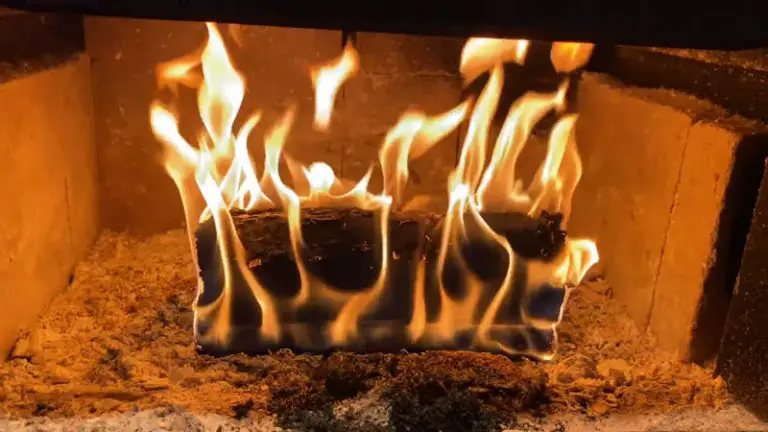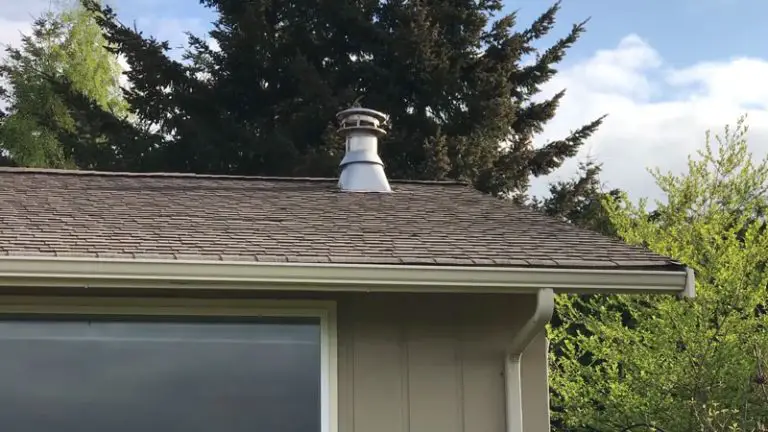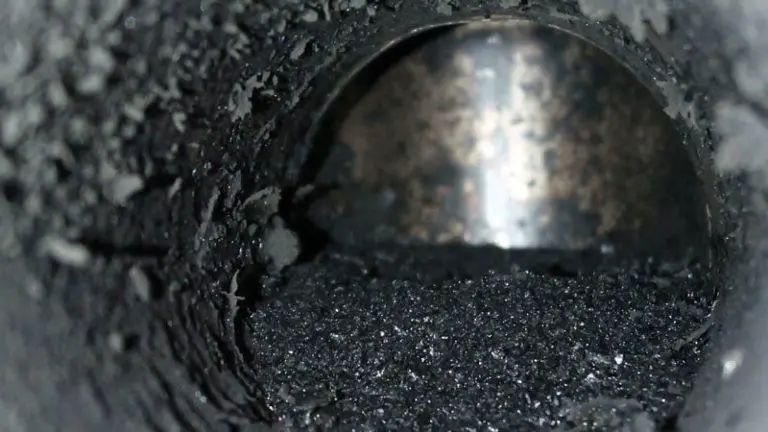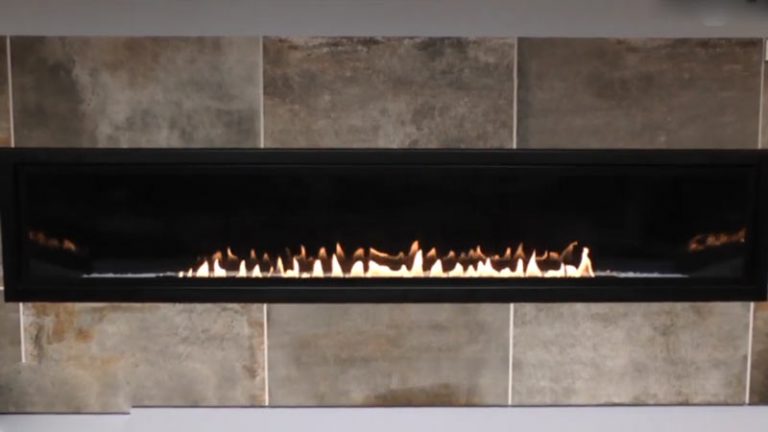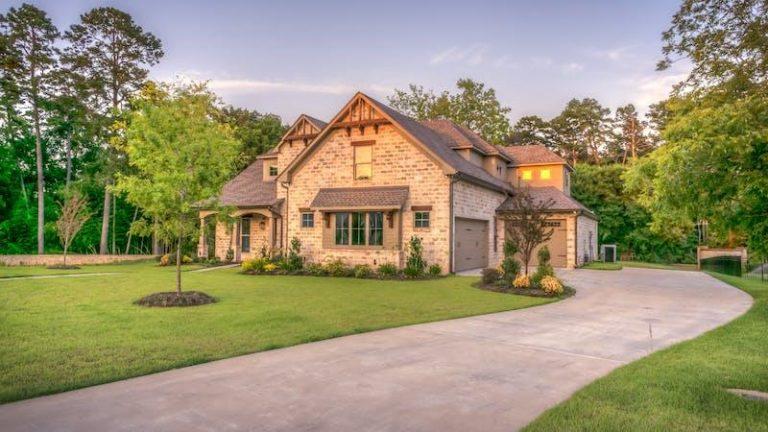That Loud Banging Noise in Your Chimney? Here’s What It Means
A sudden, loud banging from your chimney can be startling. It’s a noise that cuts through the quiet of your home, leaving you wondering what could possibly be causing such a racket. While your first thought might be something dramatic, the cause is often a common issue that can be identified and resolved. Understanding the source of the noise is the first step to ensuring your chimney is safe and functional.
This comprehensive guide will explore the various culprits behind loud banging noises in your chimney. We’ll delve into everything from the effects of wind to structural issues and even unwelcome animal visitors. By the end, you’ll have a clear understanding of the problem and the actionable steps you can take to fix it, restoring peace and quiet to your home.
You'll Learn About
Unmasking the Culprits: Common Causes of Chimney Banging
Several factors can contribute to loud noises emanating from your chimney. Identifying the specific sound and when it occurs can provide crucial clues to the underlying problem. From loose components to temperature fluctuations, each cause has its own distinct signature.
The Force of Nature: Wind and Weather Effects
Wind is one of the most frequent causes of chimney noise. A strong gust of wind can create a variety of sounds, including loud banging, especially if parts of your chimney are loose or damaged. A damaged or improperly secured chimney cap is a primary suspect. The metal cap can lift in the wind and slam back down, creating a distinct banging sound.
Downdrafts are another wind-related issue. When wind blows across the top of the chimney, it can force air down the flue, causing a sudden change in pressure that might result in a banging noise. This is particularly common in homes located in windy areas or those with tall chimneys exposed to the elements.
Structural Integrity: Loose or Damaged Components
Over time, the components of your chimney can deteriorate or become loose. A loose chimney cap is a very common source of banging noises. Similarly, a damaged or improperly seated damper can flap in the wind, creating a repetitive banging sound that echoes through the flue.
The chimney liner itself can also be a source of noise. If a stainless steel liner has become disconnected or loose, it can bang against the interior of the chimney flue during windy conditions. Furthermore, issues with the chimney’s masonry, such as crumbling bricks or deteriorating mortar, can lead to structural shifts that cause unsettling noises, although this is less likely to be a sharp bang.
Thermal Expansion and Contraction
The materials your chimney is made of, particularly metal components like the flue liner and cap, expand when heated and contract as they cool. This process, known as thermal expansion, can sometimes produce loud popping or banging sounds. These noises are most often heard when a fire is first lit and the chimney heats up, or after the fire has gone out and the chimney begins to cool.
While some noise from thermal expansion is normal, excessively loud or frequent banging could indicate an issue. For instance, if the chimney components were installed too tightly without adequate space for expansion, the resulting stress could create loud noises and potentially cause damage over time.
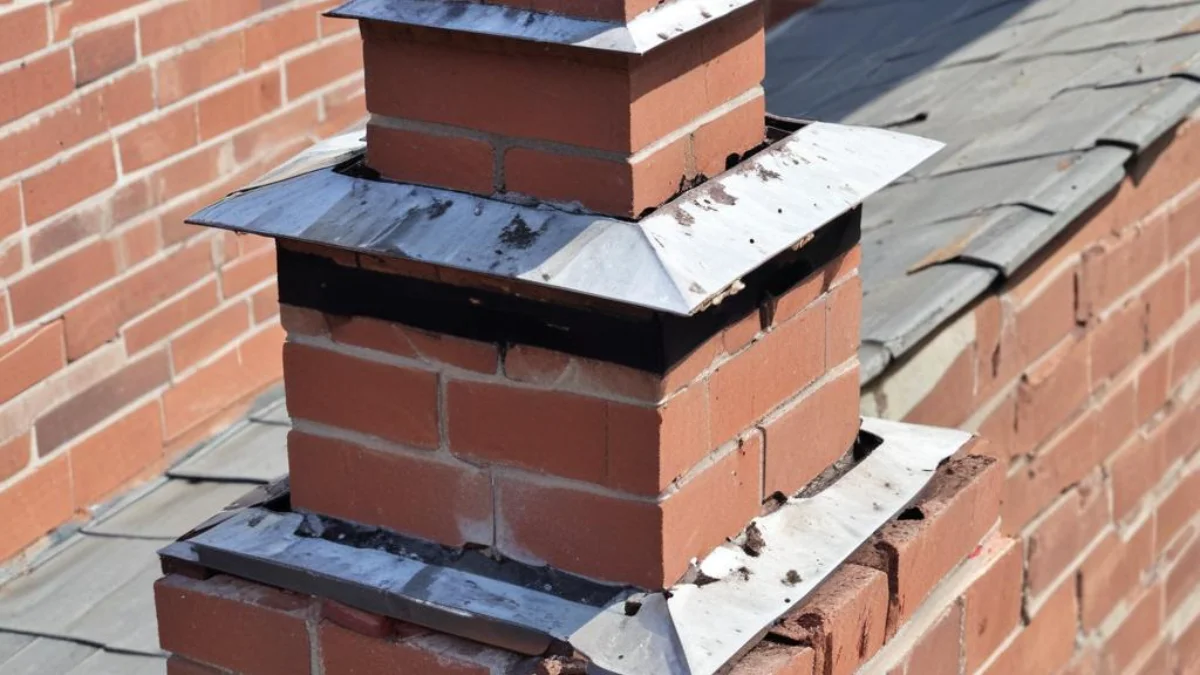
Uninvited Guests: Animals in the Chimney
It might be surprising, but animals are a very common cause of strange noises coming from the chimney. Birds, squirrels, raccoons, and even bats can find their way into a chimney, especially if it doesn’t have a secure cap. These animals can become trapped, and their frantic movements to escape can create loud scratching, flapping, and banging sounds.
Raccoons, in particular, are strong and can make a significant amount of noise as they try to climb or move around inside the flue. Birds may build nests, and if they become dislodged, the nesting material and the birds themselves can fall, causing a sudden thud. If you suspect an animal is in your chimney, it’s crucial to address the situation promptly and humanely.
Diagnosing the Noise: A Step-by-Step Guide
To effectively solve the problem, you first need to pinpoint the cause. By paying close attention to the details of the noise, you can narrow down the possibilities and determine the best course of action. This systematic approach will help you understand whether it’s a simple fix or something that requires professional attention.
When and How: Observing the Pattern
Start by noting when the banging noise occurs. Is it only on windy days? This strongly suggests a wind-related issue, such as a loose chimney cap or damper. Does it happen when you have a fire going or shortly after it’s extinguished? If so, thermal expansion is a likely culprit.
Also, pay attention to the type of sound. A metallic banging points towards a loose metal component, while scratching or frantic sounds are indicative of an animal. Keeping a log of when you hear the noise and the weather conditions can be incredibly helpful for a professional chimney sweep if you need to call one in.
Visual Inspection: What to Look For
A careful visual inspection can often reveal the source of the problem. From the ground, use binoculars to examine the top of your chimney. Look for a chimney cap that appears loose, tilted, or damaged. Also, check for any visible debris or nesting material that could indicate an animal presence.
Inside your home, open the damper and, using a flashlight, look up into the flue for any visible obstructions. Be cautious when doing this and wear protective eyewear. If you notice anything that looks like a blockage or damage to the liner, it’s best to call a professional for a more thorough inspection.
| Potential Cause | Characteristic Sound | When It Occurs | Recommended Action |
|---|---|---|---|
| Loose Chimney Cap | Loud, metallic banging or flapping | Primarily on windy days | Secure or replace the chimney cap. |
| Damaged Damper | Repetitive banging or clanking | During windy conditions, even without a fire | Inspect and repair or replace the damper. |
| Thermal Expansion | Single, loud pops or bangs | When the fireplace is in use or cooling down | Usually normal, but consult a professional if excessive. |
| Animals in Chimney | Scratching, chittering, flapping, or thudding | Can occur at any time, often more at night | Contact a professional wildlife removal service. |
| Negative Air Pressure | Sudden “whoosh” or bang from the fireplace opening | When exhaust fans are running or doors/windows are opened | Provide a source of make-up air for the house. |
| Structural Issues | Creaking, groaning, or intermittent banging | Can be random or related to weather changes | Immediate professional chimney inspection is required. |
Actionable Solutions: How to Stop the Banging
Once you have a better idea of what’s causing the noise, you can take steps to resolve it. Some solutions are simple enough for a handy homeowner, while others require the expertise of a certified professional. Safety should always be the top priority when dealing with your chimney.
Securing and Repairing Loose Components
If a loose chimney cap is the culprit, it will need to be secured or replaced. A chimney professional can safely access the roof and ensure the cap is properly fastened, or install a new one if the old one is damaged beyond repair. This is often a straightforward fix that completely eliminates the banging noise.
For a faulty damper, a chimney sweep can inspect its operation and make necessary adjustments or repairs. Sometimes, the issue is as simple as debris preventing the damper from closing properly. In other cases, the damper mechanism may be broken and require replacement.
Dealing with Unwelcome Wildlife
If you suspect an animal is trapped in your chimney, do not try to smoke them out by lighting a fire. This is cruel and can lead to a chimney fire if there is nesting material present. The best course of action is to call a professional and humane wildlife removal service. They have the tools and expertise to safely remove the animal and any nesting materials.
Once the animal is gone, it’s essential to have a chimney cap with a mesh screen installed to prevent future intrusions. This is the most effective way to keep animals out of your chimney for good. Speaking of home maintenance, if you’ve ever wondered about the durability of other home appliances, you might find this article on how fragile water heaters are to be informative.
Addressing Structural and Pressure Issues
If you suspect a structural problem with your chimney, such as a damaged liner or masonry, it’s crucial to have it inspected by a certified chimney professional immediately. These issues can pose a serious safety risk. A professional can assess the extent of the damage and recommend the necessary repairs, which could range from relining the flue to rebuilding a portion of the chimney stack.
Negative air pressure in your home can also cause noises and drafting problems. This occurs when your house is too tightly sealed, and appliances like exhaust fans pull air out, creating a vacuum that can draw air down the chimney. The solution is often to provide a source of fresh “make-up” air, which can sometimes be as simple as cracking a window when using the fireplace. For more complex situations, a professional can recommend ventilation solutions. Thinking about other DIY home projects? You might be interested in learning how to make a gutter cleaner out of PVC pipe.
Prevention and Maintenance: Keeping Your Chimney Quiet
The best way to deal with chimney noises is to prevent them from happening in the first place. Regular inspection and maintenance are key to ensuring your chimney remains in good, quiet working order. A little proactive care can save you from the annoyance of loud banging and the expense of major repairs.
The Importance of Annual Inspections
An annual chimney inspection by a certified chimney sweep is the most important preventive measure you can take. A professional can identify and address potential problems, like a loose cap or early signs of structural wear, before they become serious issues that cause noise and safety hazards. They will also clean the flue, removing flammable creosote buildup.
During an inspection, the chimney professional will examine all accessible parts of the chimney, both interior and exterior. This includes the firebox, damper, smoke chamber, flue, and the exterior masonry and crown. For those considering attic projects, understanding the right materials is key; you can learn more about choosing OSB or plywood for an attic floor here.
Installing the Right Components
Ensuring your chimney has the right components is crucial for preventing noise and other problems. A sturdy, properly installed chimney cap is your first line of defense against wind, rain, debris, and animals. If you don’t have one, or if yours is old and damaged, investing in a new one is a wise decision.
If wind noise is a persistent problem, a specialized wind-directional chimney cap or cowl can be installed. These are designed to rotate with the wind or use baffles to prevent downdrafts, effectively reducing or eliminating wind-related noises. A chimney professional can recommend the best type of cap for your specific situation.

